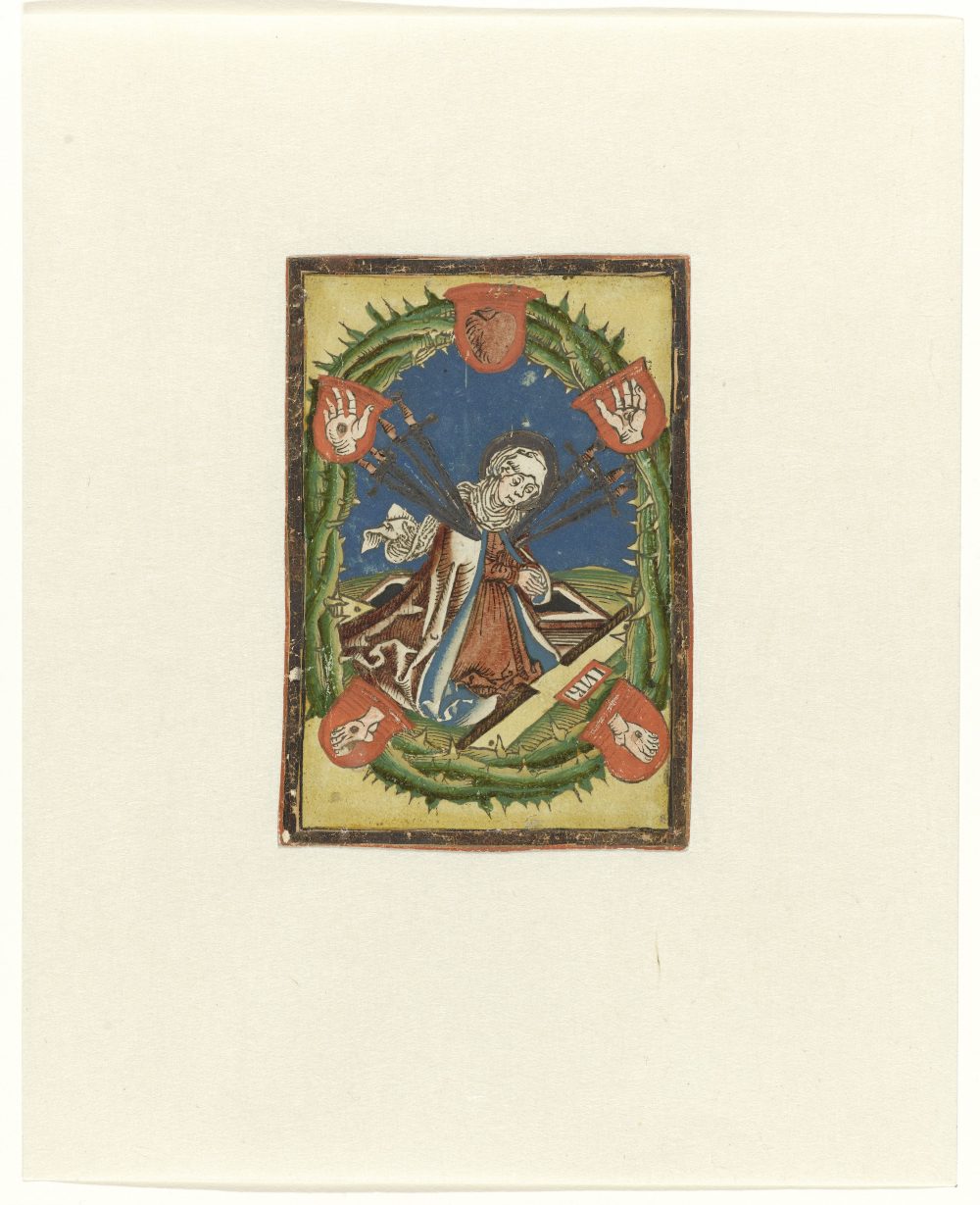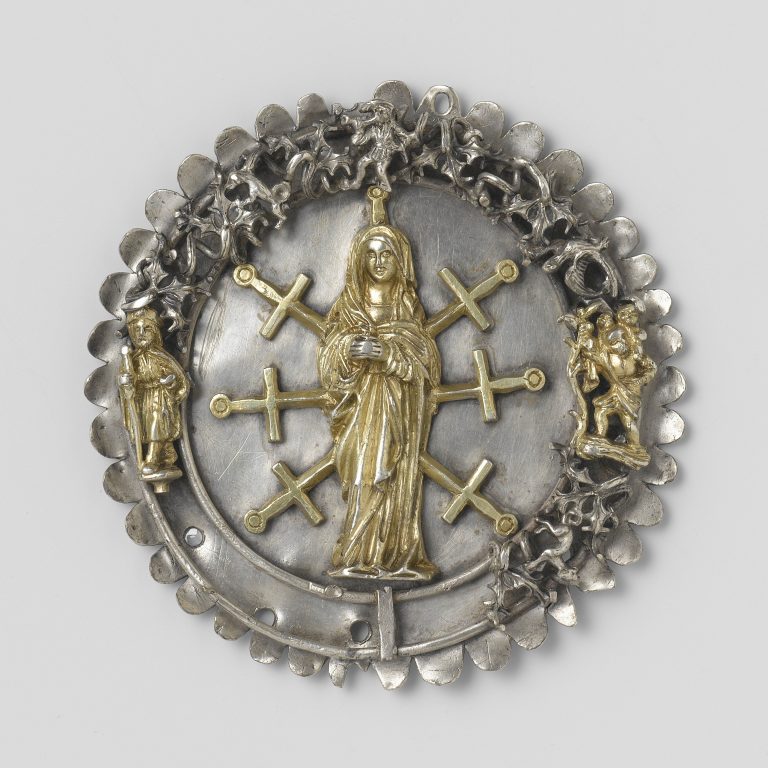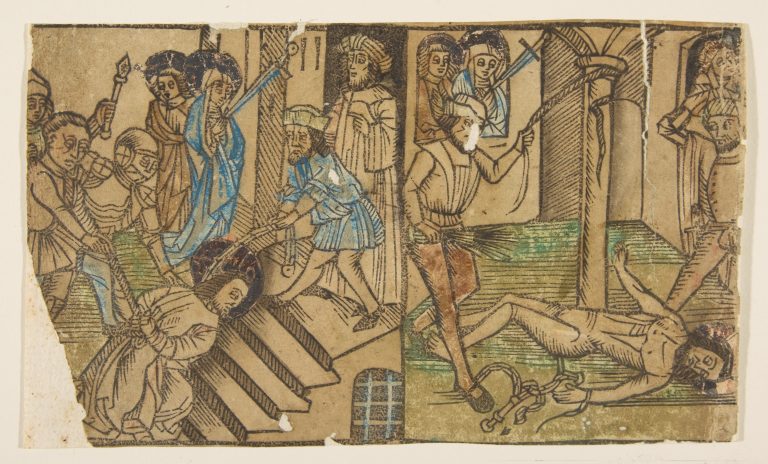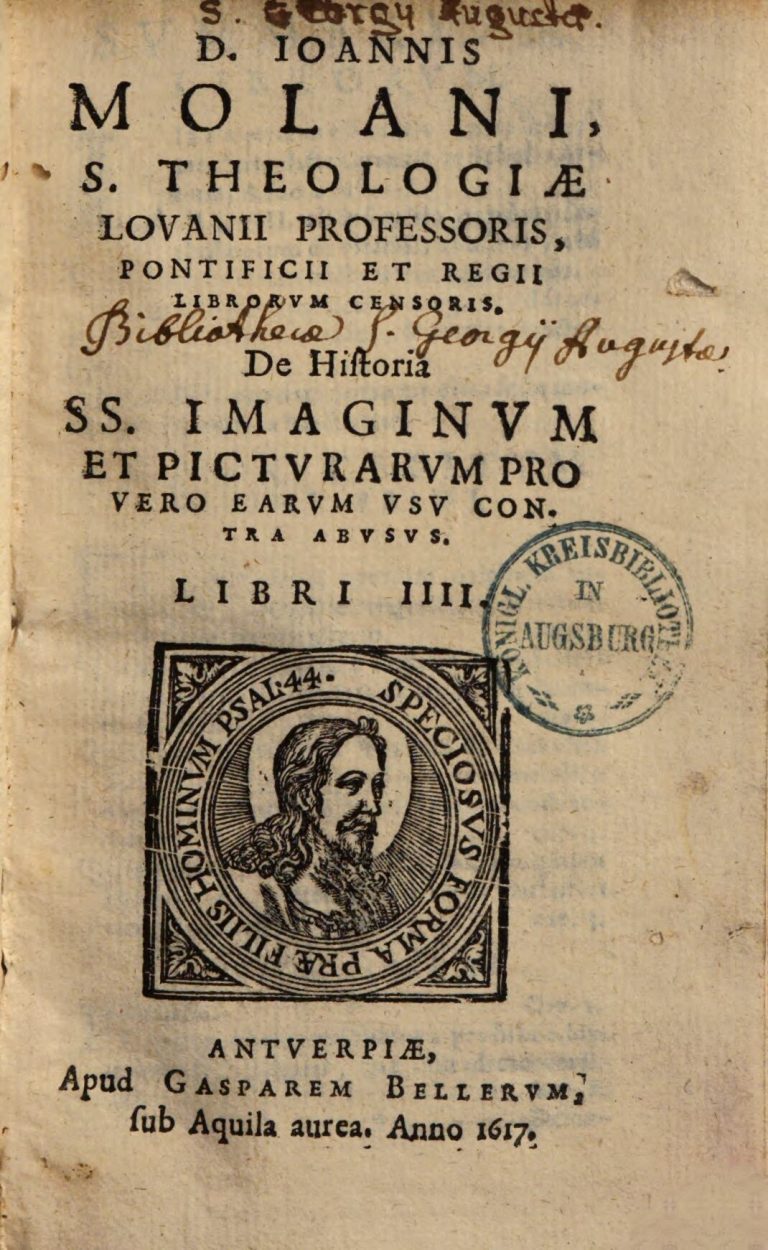
Rijksmuseum, Amsterdam, http://hdl.handle.net/10934/RM0001.COLLECT.468204
In chapter 30 of book 2, Molanus examines a further matter regarding errors and whether they are dangerous errors and how to deal with them; this discussion goes on in the following chapter. The central position in this chapter is taken by errors that are not real errors even though they do not correspond to the Scriptures or the teachings of the Church. The problem lays often in the fact that there is no certainty in the Scriptures about the matter nor a univocal position among the commentators. The cases presented by Molanus in this and the following chapter are also often relatively popular depictions among the popular devotees, which requires an even more careful stance from the authorities. For Molanus in these cases, the most important aspect to consider is whether these errors still can be probable, because if so, he does not see a strong motive to adjust or abolish them.
The first case presented by Molanus in this chapter is the question of images that are very popular among the common people, but that receive little approval from the commentators. Molanus uses this as an opportunity to attack a piece of writing by Erasmus, in which he condemned the popularity of paintings depicting the Seven falls of Christ, Mary pierced by seven swords, and Mary’s three vows, because he would have contradicted himself since he stated in a letter, that one should not too actively act against these paintings. The key here is that these paintings might not be completely pious, but they are also not impious, therefore one should treat them mildly, not to upset the common people.
“If a few errors of no great danger and lesser importance have been rightly tolerated in images, this shows that it is difficult to force contradiction against representations which are accepted by the unanimous agreement of common thought, that is to say, which are painted under the influence of a popular and somewhat simple devotion, even if their likelihood is defended only by some of the competent men, or if they are received and esteemed only by the simplicity of the people. In effect, Erasmus wrote in an excessive and wrong piece of writing: ‘Nowadays, we see painted in churches many fables and macabre elucubrations such as the seven falls of the Lord Jesus, the seven swords of the Virgin, or her three vows and other imaginations of the same kind.’ In this he shamelessly contradicts himself, for dealing elsewhere with the paintings and their abundance, he wrote a letter in reply to Jacques Sadolet, the bishop of Carpentras, following discreet warnings that the latter had addressed to him for fear that he might too violently offend the zeal of the common people towards these images which, although not absolutely pious, are nevertheless incompatible with impiety. But we shall give examples of what we are saying.”
“Quod si errores quidam minus periculosi et minoris momenti recte tolerentur in imaginibus, satis ex eo constare potest non facile contradicendum esse iis picturis, quae communi quodam consensu receptae sunt, aut ex populari et simplici devotione pinguntur, etiamsi probabilitur tantum a doctis quibusdam defendantur aut a simplici populo plausibiliter acceptatae sunt. Nimio enim et plane erroneo impetu scripsit Erasmus: ‘Nunc in templis videmus tot fabulas, ac naenias depictas, ut Septem laspus Domini Iesu septem gladios Virginis, aut eiusdem tria vota aliaque id genus inania commenta.’ Ubi turpiter a seipso diffentit. Alibi enim agens de picturis, et earum crebritate, scribit Iacopo Sadoleto Episcopo Carpentoractensi, quod prudenter ab eo admonitus sit, ne nimis acriter obsisteret popularibus studiis in his quae licet non sint absolutae pietatis, tamen non sunt cum impietate coniuncta. Sed quod exemplus declaremus.”



Erasmus, de modo orandi Erasmus, Letters, book 25.
Molanus 1996, 210.



